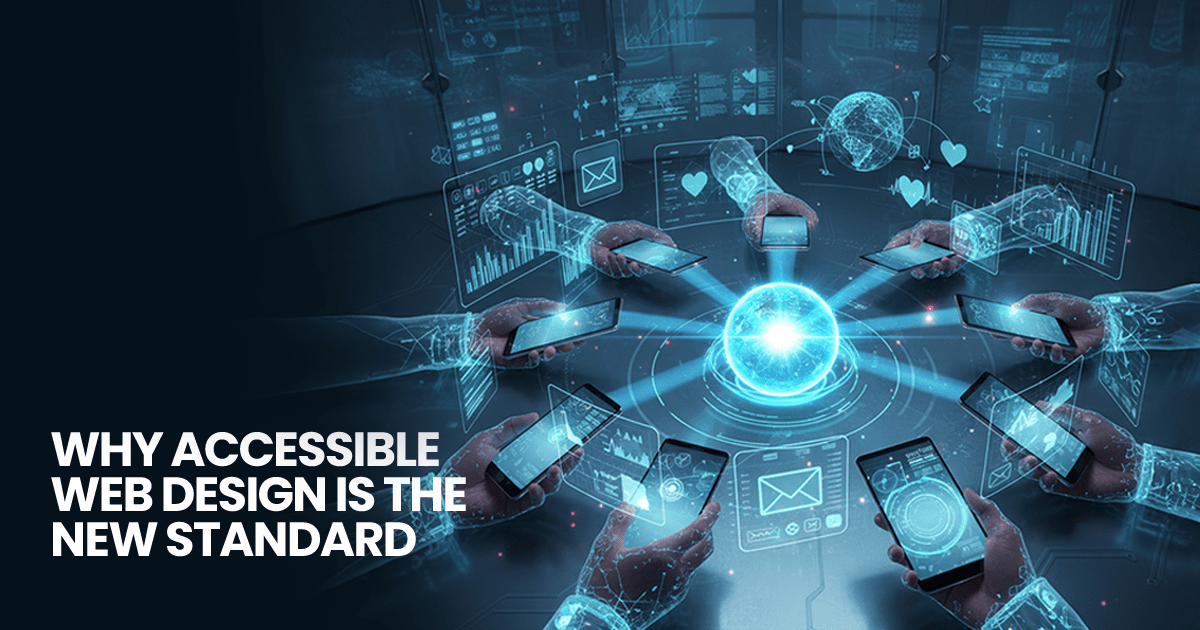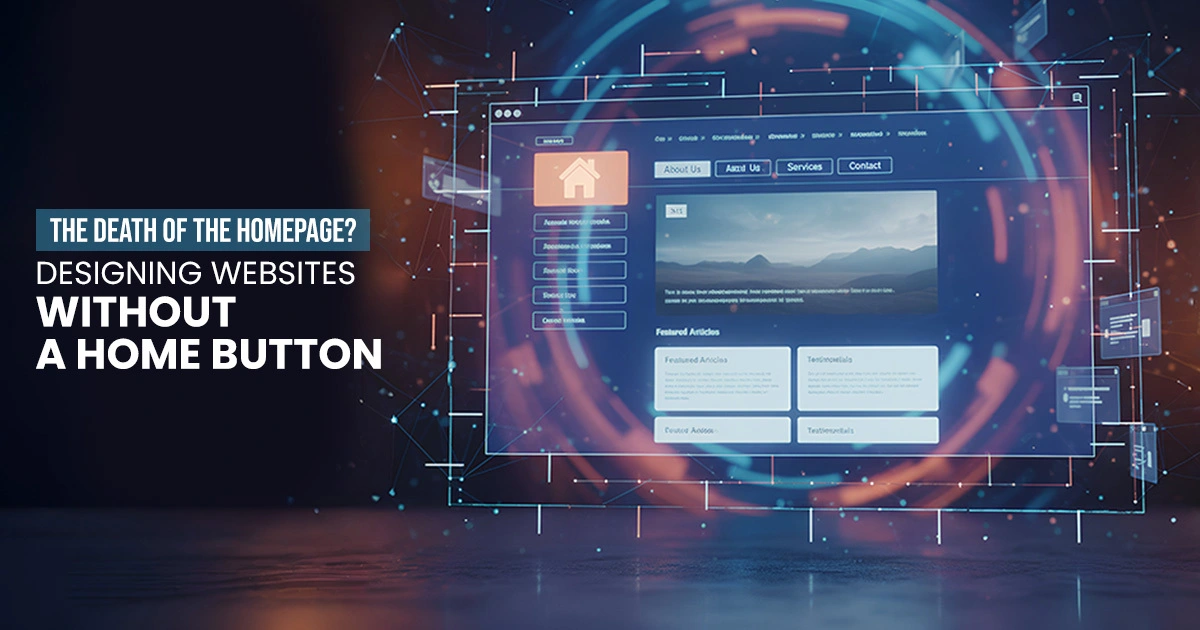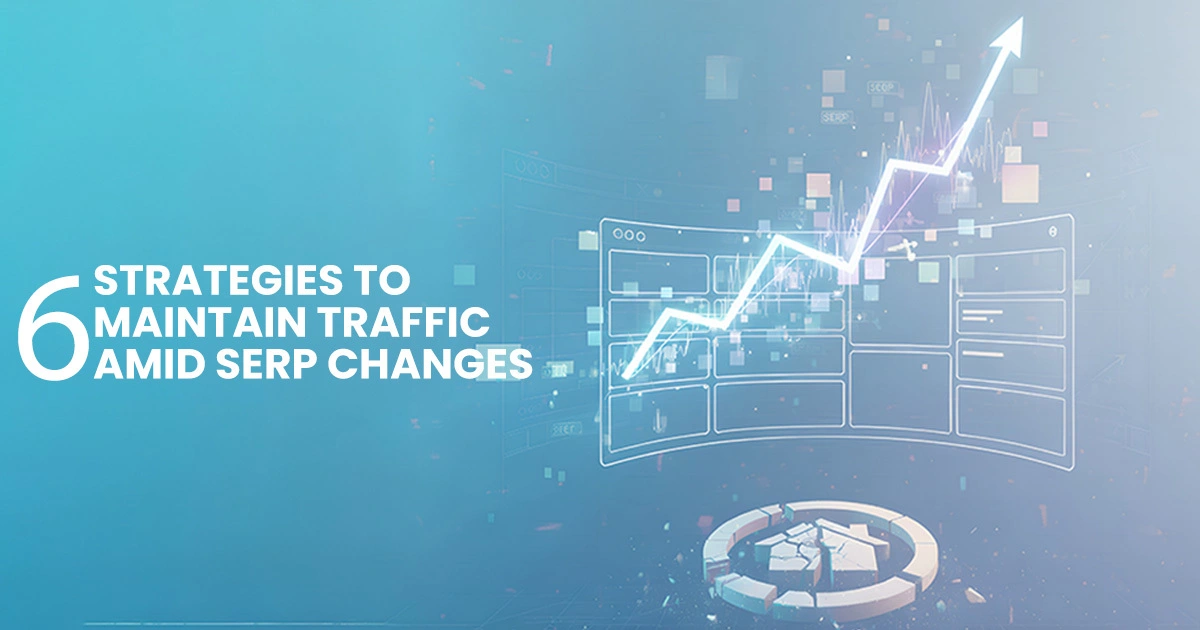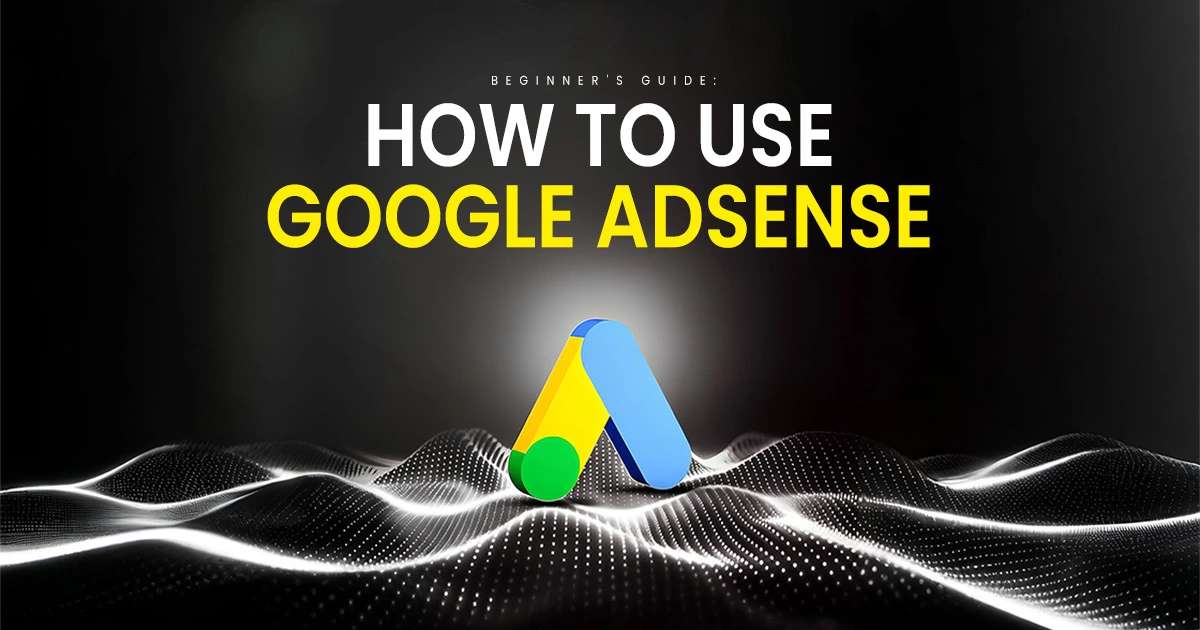Here’s a harsh truth: millions of people try to use websites every day and simply can’t. Not because they’re not tech-savvy. Not because the internet is too complicated. However, because someone overlooked the fact that not everyone experiences the web in the same way, a problem exists in the design process.
And honestly? That’s a problem we can no longer ignore.
Accessible web design has moved from being a “nice extra” to an absolute must-have. It’s the difference between a website that welcomes everyone and one that quietly shuts people out. Whether you’re building sites for clients in Islamabad or customers in Toronto, accessibility isn’t optional; it’s essential.
What Accessible Web Design Really Means
Let’s get real about what we’re actually talking about here. Accessible web design means creating websites that work for everyone, including those with disabilities. People who can’t see well. People who navigate with keyboards instead of a mouse. People with hearing loss. People who think or process information differently.
Picture this: you build a beautiful online store with stairs leading to the entrance. Sounds ridiculous. But that’s exactly what happens when websites lack proper navigation, readable text, or alternative ways to consume content. You’re building digital barriers without even realizing it.
The World Health Organization tells us that 1.3 billion people globally live with some form of disability. That’s 16% of the entire population. In Pakistan alone, we’re talking about roughly 27 million people, one of the largest underserved markets in South Asia. These aren’t just numbers. These are potential customers, clients, and users who want to engage with your content but often struggle to do so.
Why This Matters More Than Ever
Look, I get it. When you’re running a business or building websites, you’ve got a million things on your plate. But here’s why accessibility deserves to be near the top of that list.
Firstly, the world is watching. Countries worldwide are taking digital inclusion seriously. The US has the ADA, which applies to websites. Europe has strict accessibility laws. Although Pakistan’s specific web accessibility design legislation is still in development, we’ve committed to the UN Convention on the Rights of Persons with Disabilities. The message is clear: accessible UX/UI design 2025 isn’t going away; it’s becoming standard practice.
Secondly, and let’s be honest, this matters to every business owner; there’s serious money on the table. By making your website accessible, you’re opening your doors to customers who might have significant purchasing power but limited options. In Pakistan’s booming e-commerce landscape, where digital payments are taking off and more people are shopping online than ever, can you really afford to exclude 27 million potential customers?
Lastly, accessibility helps everyone. Think about someone trying to browse your site while riding Lahore’s metro during rush hour. Those captions on your videos? Lifesaver. Or someone viewing your site under Pakistan’s bright afternoon sun, that high contrast text suddenly makes all the difference. When you design for people with disabilities, you ultimately create a better experience for everyone.
The Business Case You Can’t Ignore
Here’s something that surprised me when I first learned about it: accessible websites perform better in search engines. Google loves the same things that make sites accessible: clear headings, descriptive text for images, logical structure, and fast loading. So while you’re doing the right thing ethically, you’re also climbing those search rankings. Win-win.
For Pakistani tech companies and agencies, there’s another huge opportunity. The government is targeting $15 billion in IT exports, and guess what international clients are asking for? WCAG compliance. European and North American companies often require accessibility as a non-negotiable contractual term. When you’ve got that expertise, you’re not just another agency; you’re the agency that can deliver what global clients actually need.
Let’s discuss user experience. Pakistani users access websites from a wide range of devices, including the latest flagship phones and older models with smaller screens. They’re on fast WiFi in Karachi’s trendy cafes and spotty 4G connections in smaller cities. Accessible websites, by their nature, tend to be cleaner, lighter, and faster. They work better on slower connections. They’re easier to use on any device. That’s not just accessibility, that’s good business.
What Does This Actually Look Like?
Okay, enough theory. What does mobile accessibility design actually mean when you’re building a website?
- Start with contrast. Your text needs to stand out against your background. This isn’t about making things ugly; it’s about making things readable. People with low vision need this. People squinting at screens in bright sunlight need this. It’s basic, but so many websites get it wrong.
- Make keyboard navigation work. Some people are unable to use a mouse. They navigate websites using just their keyboard or other assistive devices. Every button, every link, every form field needs to work with keyboard commands. If someone can’t tab through your site and use it completely, you’ve locked them out.
- Write good alternative text. When you add images to your site, screen readers require descriptions to inform visually impaired users about the content of those images. But here’s the thing, good alt text isn’t just “image of product.” It’s a “handcrafted leather wallet with multiple card slots in dark brown.” Context matters.
- Structure your content properly. Use proper headings (H1, H2, H3) in the right order. This creates a roadmap that screen readers can follow. It’s like giving your website a table of contents that assistive technology can actually understand and navigate.
- Think mobile-first. In Pakistan, so many people access the internet primarily through phones. Ensure that touch targets are large enough to be easily accessible. Forms should be easy to fill out on small screens. Navigation needs to work smoothly with touch. This benefits accessibility and serves your actual user base.
Following the Web Accessibility Guidelines
The web content accessibility guidelines, WCAG for short, aren’t as scary as they sound. They’re organized into three levels: A (basic), AA (standard), and AAA (enhanced). Most places aim for AA, which is totally achievable.
Here’s how to start:
Run an audit. Free tools like WAVE or Lighthouse can scan your site and flag issues. However, remember that these tools typically catch only 30-40% of problems. You need real humans, including people who use assistive technology, to test your site.
Fix the big stuff first. Forms without labels? Videos without captions? Navigation that doesn’t work with keyboards? These completely block people from using your site. Start there.
Make it part of your process. Don’t treat accessibility like a final check box. Integrate it into your workflow from day one. Train your team. Make it matter. In Pakistan’s growing tech industry, having accessibility skills makes you more valuable locally and internationally.
Myths We Need to Bust
Let me address some things I hear all the time:
- “Accessible design looks boring.” Nope. Some of the most stunning websites out there are fully accessible. Pakistani designers are creating gorgeous, culturally vibrant spaces that cater to everyone. Good design is inclusive design, period.
- “It costs too much.” Building it right from the start costs way less than fixing it later. Additionally, consider the cost of legal issues or the expense of excluding large segments of potential customers. Accessibility is an investment, not an expense.
- “This is only for Western markets.” This one frustrates me the most. Disability exists everywhere. Needs exist everywhere. As Pakistan’s digital economy grows, accessibility becomes your competitive edge, not someone else’s concern.
The Road Ahead
Pakistan’s tech sector is experiencing rapid growth. We’re gaining recognition globally for quality work. Accessibility expertise positions us to capture high-value international contracts while serving underserved domestic markets. It’s a competitive advantage that forward-thinking businesses are already leveraging.
The beauty of web accessibility guidelines is that they’re universal. A well-designed accessible site in Islamabad works just as well in Dubai or London. It doesn’t care about borders; it just works for people.
Start Today
You don’t need to fix everything overnight. Start small:
Run a basic audit. Pick one major issue and fix it. Train one team member. Test with one real user. Then do it again; progress compounds.
Share what you learn with others in Pakistan’s tech community. When we raise the entire industry’s standards, we all benefit. More contracts. Better reputation. Stronger positioning globally.
The Bottom Line
Accessible web design isn’t happening because regulators are forcing it (though they are). It’s happening because it’s a smart business move, it’s the right thing to do, and frankly, it’s what users expect now.
When you make your website accessible, you’re saying something important: everyone matters. Every customer. Every user. Every person is trying to access information, buy products, or use services online.
The internet belongs to everyone. Let’s build it that way.
Explore More:
How Brand Advertising Fuels Successful Paid Media Campaigns
How to Get Backlinks That Actually Boost Your SEO
Frequently Asked Questions
1: Why is accessible web design important?
Accessible web design ensures that everyone—including people with visual, hearing, cognitive, or motor disabilities—can use your website without barriers. It improves user experience, expands your audience, boosts SEO, and helps businesses meet global accessibility standards.
2: Does accessibility only benefit people with disabilities?
No. Accessibility improves the experience for all users. High contrast helps in bright sunlight, captions help in noisy environments, and clean navigation helps users on slow internet or older devices. Inclusive design always leads to a better site for everyone.
3: Is making a website accessible expensive or difficult?
Not at all. Many improvements—like proper headings, alt text, and keyboard-friendly navigation—are simple and low-cost. Building accessibility from the start is cheaper than fixing issues later, and it opens your business to millions of potential users.




